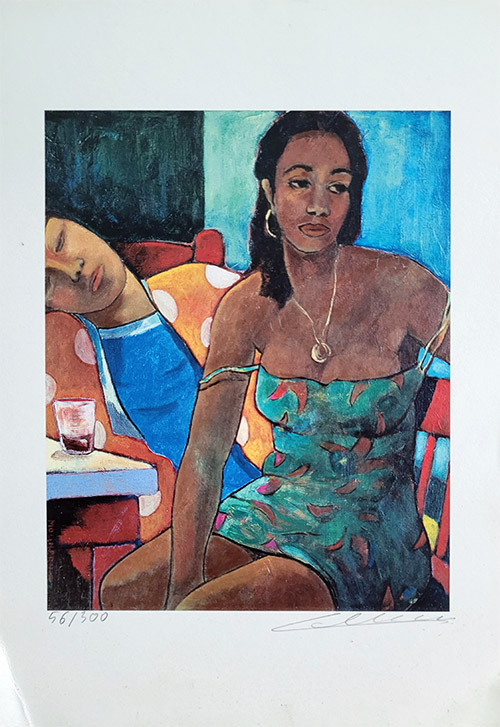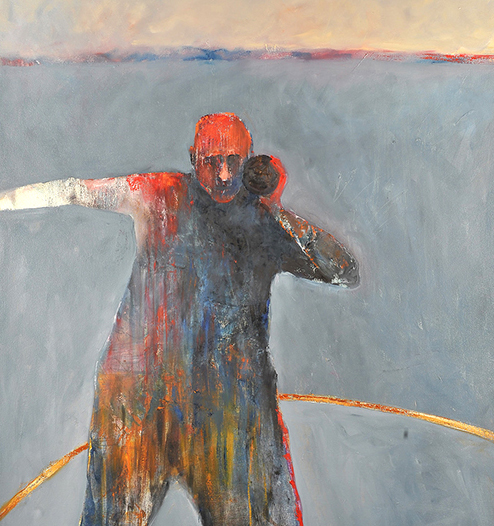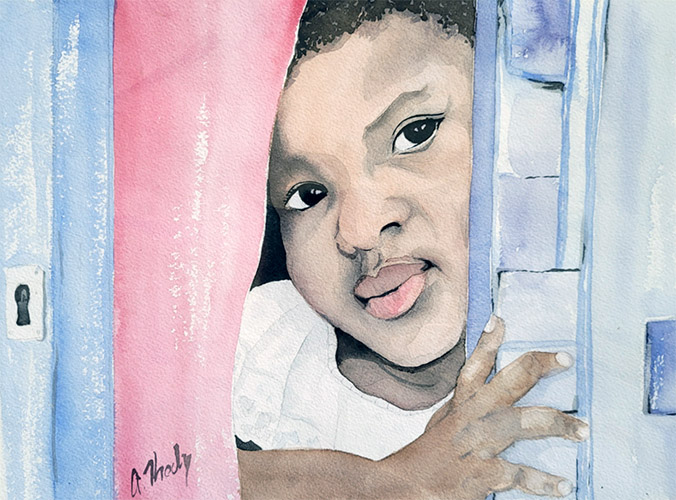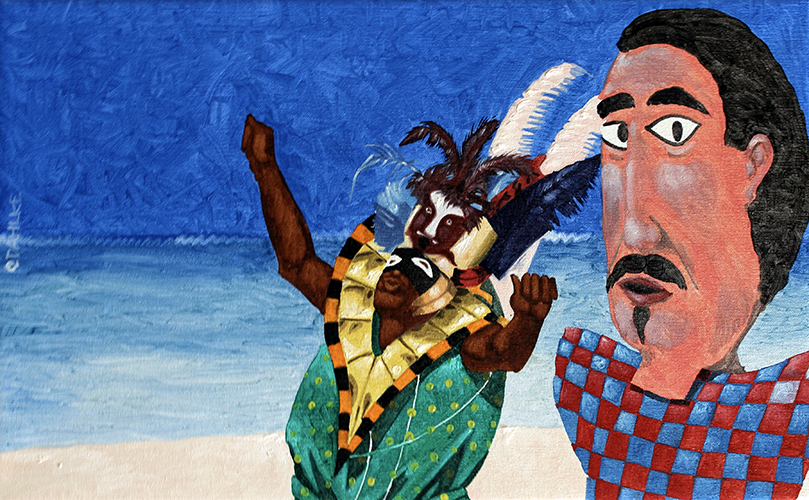Figurative art, a genre deeply rooted in the history of artistic expression, is a testament to the enduring fascination humans have with the human form and its emotional resonance. Unlike abstract art that emphasizes shapes, colors, and patterns, figurative art centers on representing recognizable objects, primarily the human figure, often imbuing it with symbolism, narrative, and a sense of realism.
The origins of figurative art can be traced back to ancient civilizations, where depictions of humans and animals adorned cave walls and pottery. These representations often carried cultural, religious, or social significance, communicating stories and beliefs that have transcended time. As artistic techniques evolved, so did the sophistication of figurative art. The Renaissance period, for instance, saw a resurgence of interest in realism, with artists like Leonardo da Vinci and Michelangelo meticulously capturing the intricacies of human anatomy.

Figurative art’s allure lies in its ability to capture not just physical likeness but also emotional depth. Artists manipulate light, shadow, and texture to create the illusion of three-dimensionality, allowing viewers to connect with the subjects on a personal level. Through nuanced facial expressions, posture, and gestures, artists convey a wide spectrum of emotions—joy, sorrow, passion, contemplation—making figurative art a powerful medium for storytelling.

Moreover, figurative art frequently intertwines with symbolism, layering the artwork with hidden meanings. An artist might employ certain colors, props, or backgrounds to allude to broader themes or messages. This interaction between the visual and the conceptual invites viewers to engage in deeper contemplation, deciphering the layers of symbolism and resonating with the artwork’s underlying ideas.
While modern and contemporary art movements, such as Cubism and Abstract Expressionism, challenged traditional representation, figurative art maintained its relevance. Artists like Lucian Freud and Jenny Saville captured the rawness of the human experience, embracing imperfections and vulnerabilities in their works.

Figurative art stands as a testament to the enduring appeal of the human form in artistic expression. Its ability to convey emotions, tell stories, and evoke contemplation cements its significance throughout history and into the modern age. Whether painted on cave walls or rendered digitally, figurative art remains a profound means of connecting with our shared human experiences while offering a canvas for cultural exploration and innovation.


0 comments on “Figurative Art”